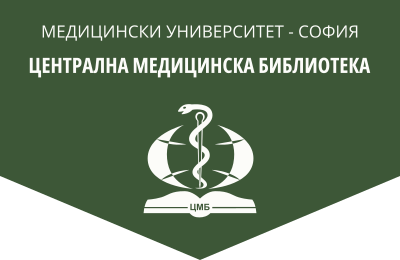Pharmacoeconomic and economic studies of visual impairment in elderly people with glaucoma
Bulgarian Medical Journal, 16, 2022, № 1, 11-17.
Z. Velkovski, M. Kamusheva, M. Dimitrova
Abstract. Impaired vision is an ophthalmologic condition with a multicausal etiology that manifests with a progressive decrease in visual acuity and is most often accompanied by a chronic course and lifelong treatment. The visual impairment performs a negative impact on the performance of daily activities and work duties, decreasing work capacity and productivity, thereby reducing income and, because of long-term treatment, increasing costs. Diseases that cause visual impairment have a significant social and economic burden that affect the individual, their families and society. The individual burden results from reduced income due to premature retirement, productivity losses and increased costs, while the societal burden results from reduced budget revenues, losses in work productivity and increased social, health, medical and other costs. Glaucoma, cataracts, diabetic retinopathy, senile macular degeneration, and others are with the greatest importance that generate a significant individual and societal economic burden because of their high incidence and cosmopolitan distribution in all geographic regions of the world. The economic burden of diseases that lead to visual impairment is a reflection of visual disability, reduced work capacity and long-term treatment and is manifested by direct medical costs, other direct costs and indirect costs.
Key words: glaucoma, costs, pharmacoeconomics
Address for correspondence: Maria Kamusheva, e-mail: maria.kamusheva@yahoo.com
